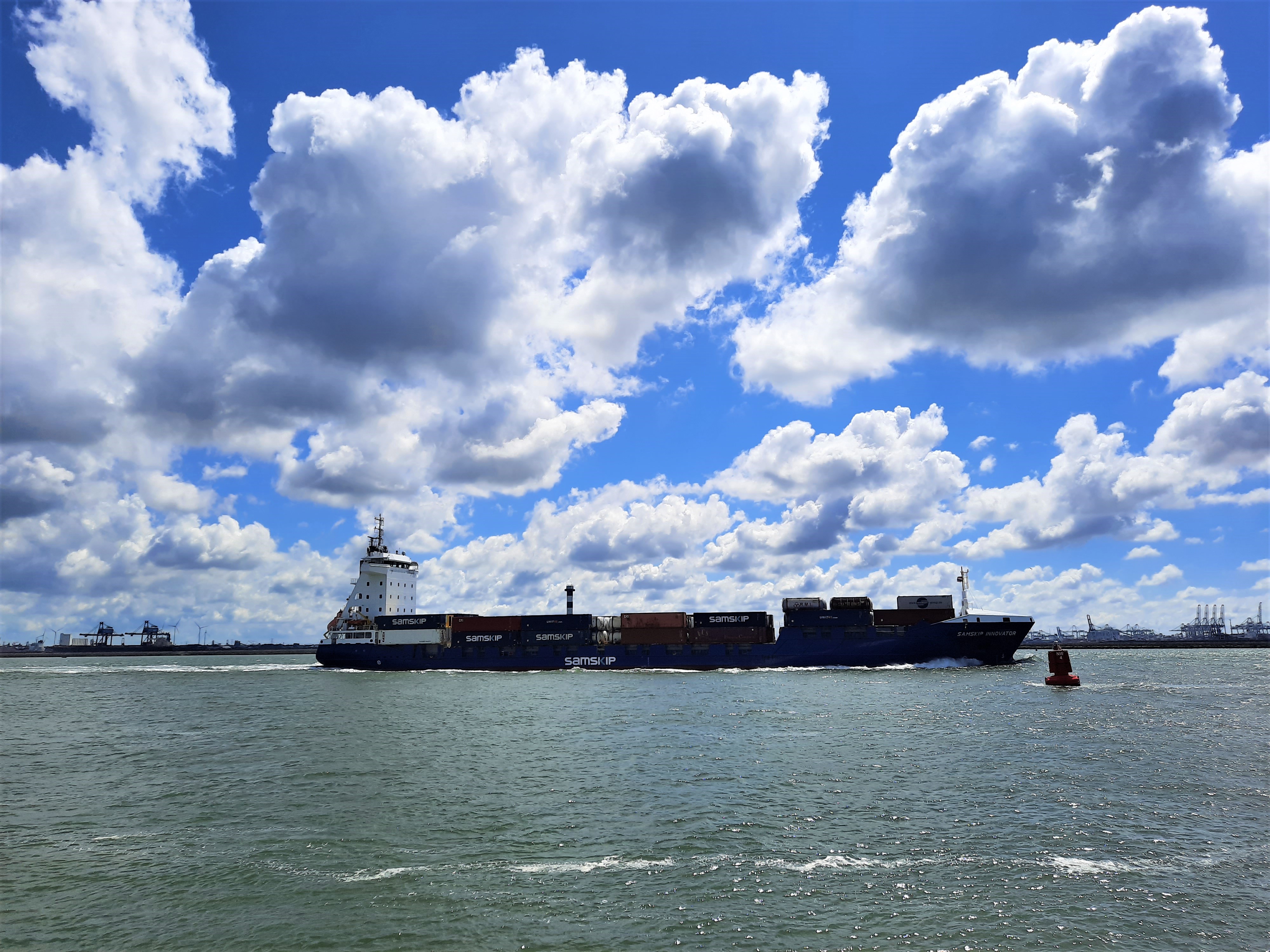Port of Rotterdam Half Year Results 2020
Port of Rotterdam Press Release: Port of Rotterdam fully operational in first half of 2020, COVID-19 pandemic depresses cargo throughput Link to press release
- Total throughput 218.9 million tonnes (-9.1%).
- Significant reduction in throughput of coal, ores and mineral oil products, small reduction in container throughput, increase in throughput of biomass and LNG.
- The Port Authority’s healthy financial position makes it possible to continue to invest at a high level (gross investments amounted to € 136.4 million), for example in the Theemsweg Route, Container Exchange Route and Maasvlakte Plaza.
The press release reports large reductions in bulk products (especially fuels), but relatively small reductions in comntainer transport (3.3% down in tonnes, 7% down in TEU compared to first half 2019)
Dry bulk
The throughput of dry bulk amounted to 30.8 million tonnes, 19% less than in the first half of 2019. Dry bulk accounts for 14% of throughput in the port of Rotterdam. Falling volumes were seen primarily in the throughput of iron ore and scrap (-22%) and coal (-34%). The steel factories that use the port of Rotterdam for the supply of ore are producing much less than usual. Demand for steel fell sharply from March onwards as a result of production stoppages in the automotive industry and construction. A low gas price meant that more gas and less coal was used for power production. In addition, favourable weather conditions meant that there was an increase in the available wind energy, reducing the need to switch to coal-fired power stations. There was a sharp increase in biomass (+109%) due to the continued rise in co-firing in power stations.
Liquid bulk
Liquid bulk throughput amounted to 99.8 million tonnes. That is approximately 10 million tonnes less than in the first half of 2019, a fall of more than 9%. Liquid bulk accounts for 46% of throughput in Rotterdam. Throughput of mineral oil products fell sharply (-22%). In the case of crude oil, the fall was only slight (-4%) and LNG throughput actually increased slightly (+2.6%). Throughput of other liquid bulk in the first half of the year matched the level of last year. The fall in the mineral oil products category related mainly to fuel oil. The throughput of crude oil declined primarily because of falling demand. As a result, some large refineries were operating at less capacity than usual. The COVID-19 pandemic led to a further drop in the gas price, making it appealing to use LNG from the North Sea and Atlantic Ocean for power production in Europe.
Containers and break bulk
Container throughput was only 3.3% down on 2019 (in tonnes, 7% in TEU). That is 2.5 million tonnes less cargo. Shipping companies cancelled up to 20% of all their services in May and June. The decline in throughput was nevertheless less pronounced due to the increased call sizes of vessels calling at Rotterdam. The number of empty containers was considerably lower than in the same period last year because imports of containers from Asia have fallen while exports have actually risen. Break bulk fell by 11% in the first half year. RoRo throughput was 12% lower. Most of the drop was at the beginning of the second quarter, when the lockdown was in place in most of Western Europe. Volumes increased again towards the end of the quarter.
